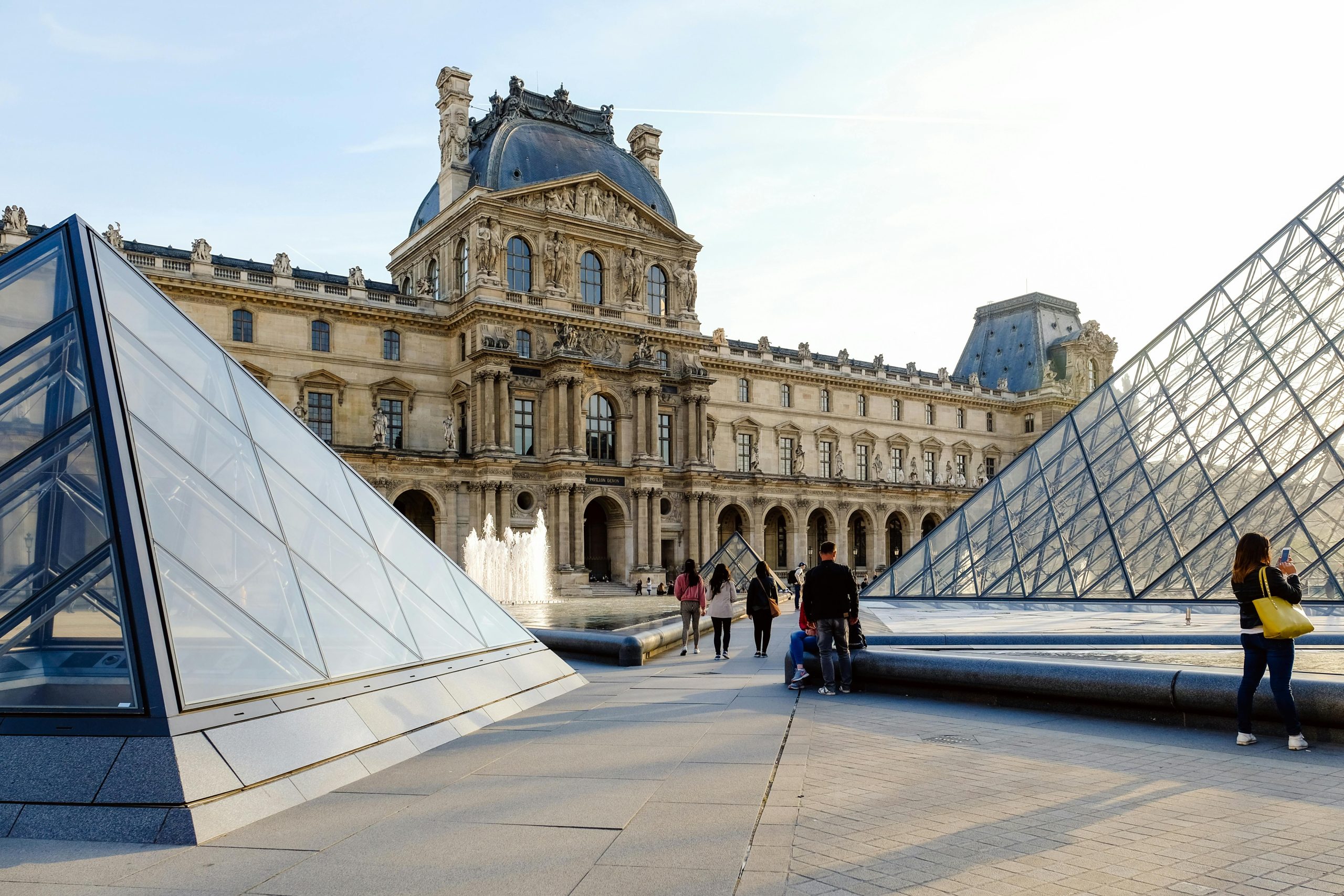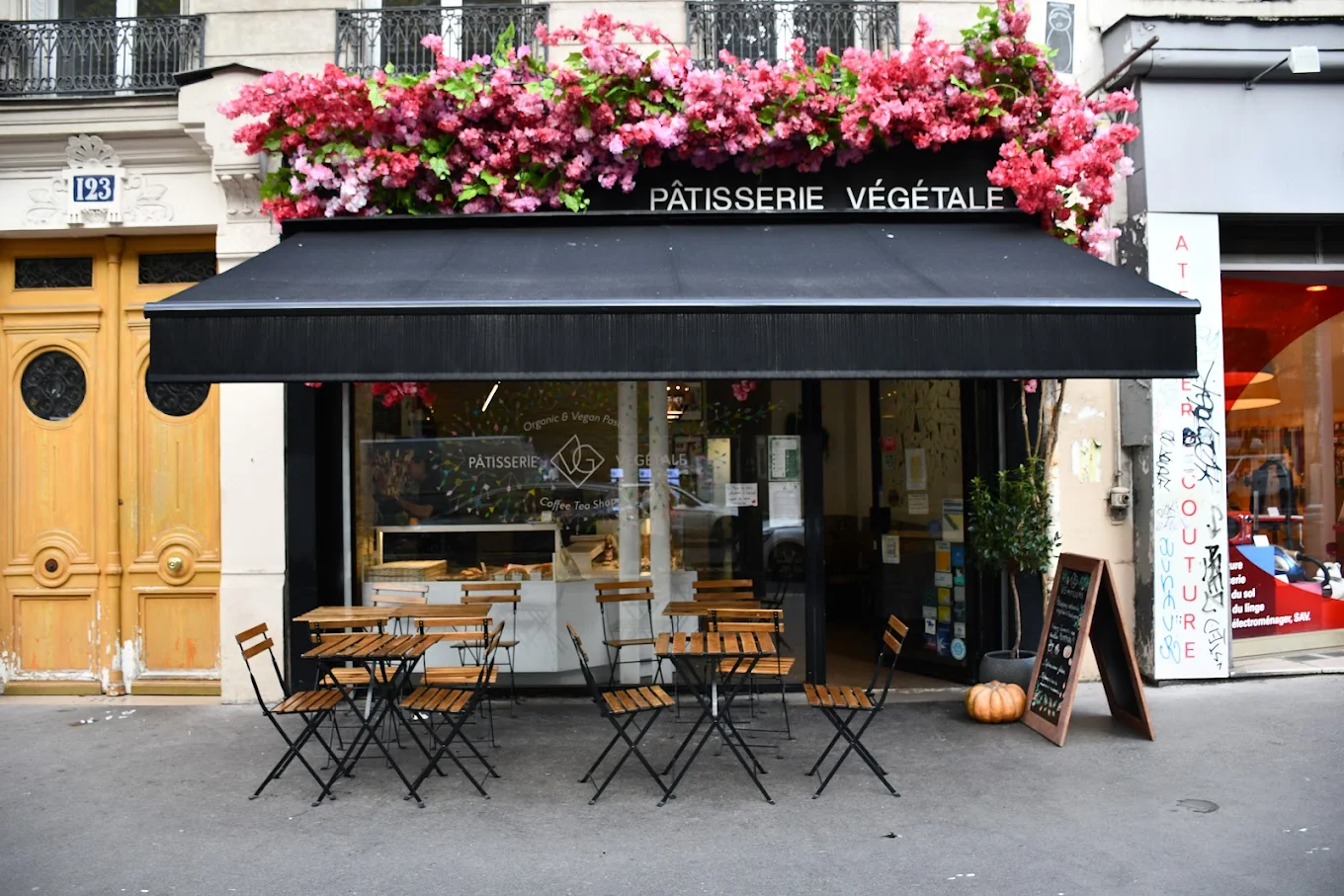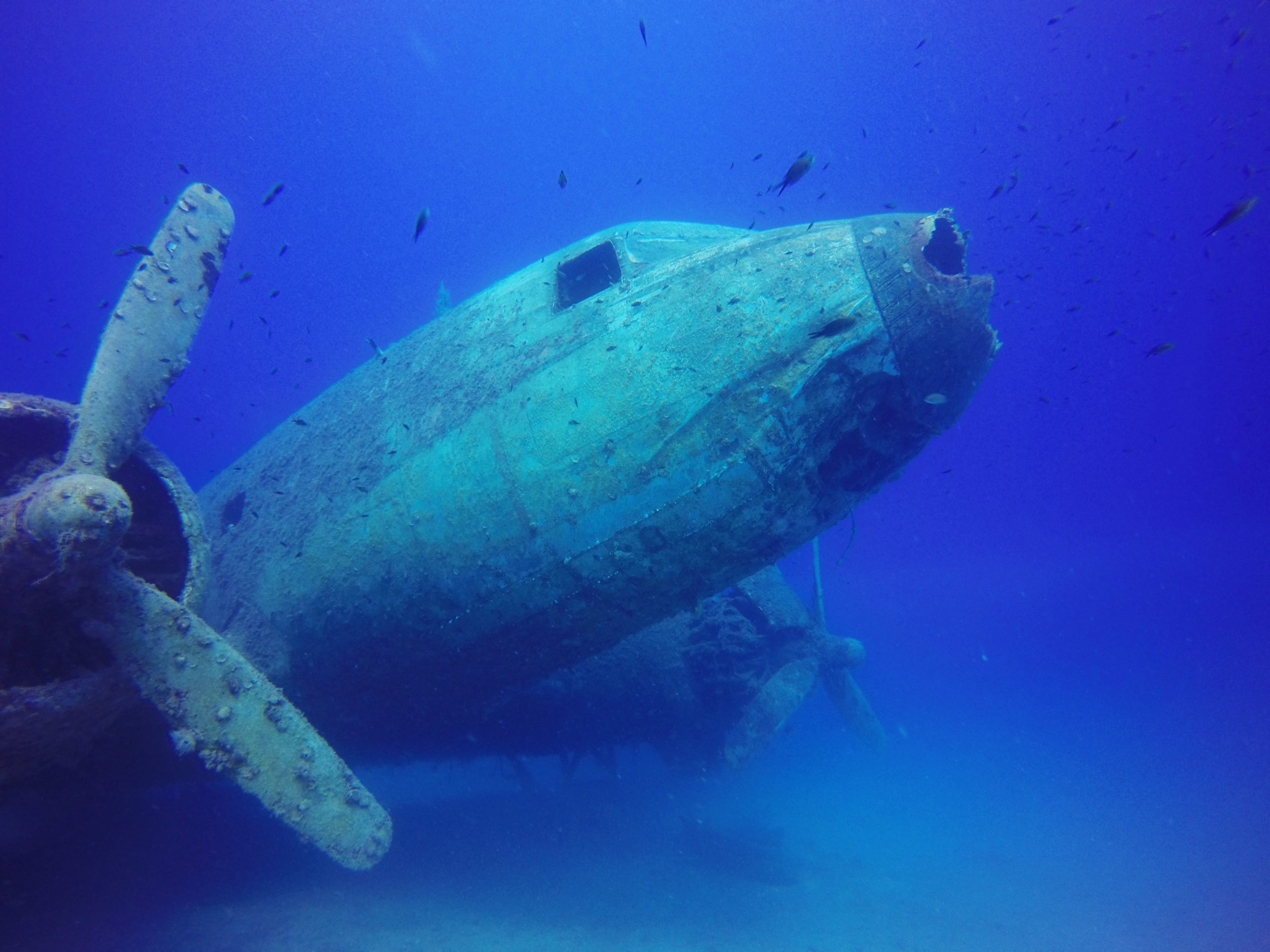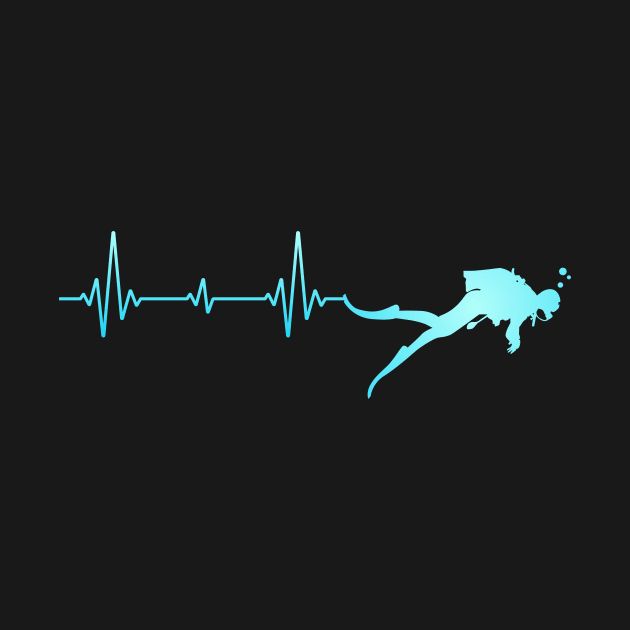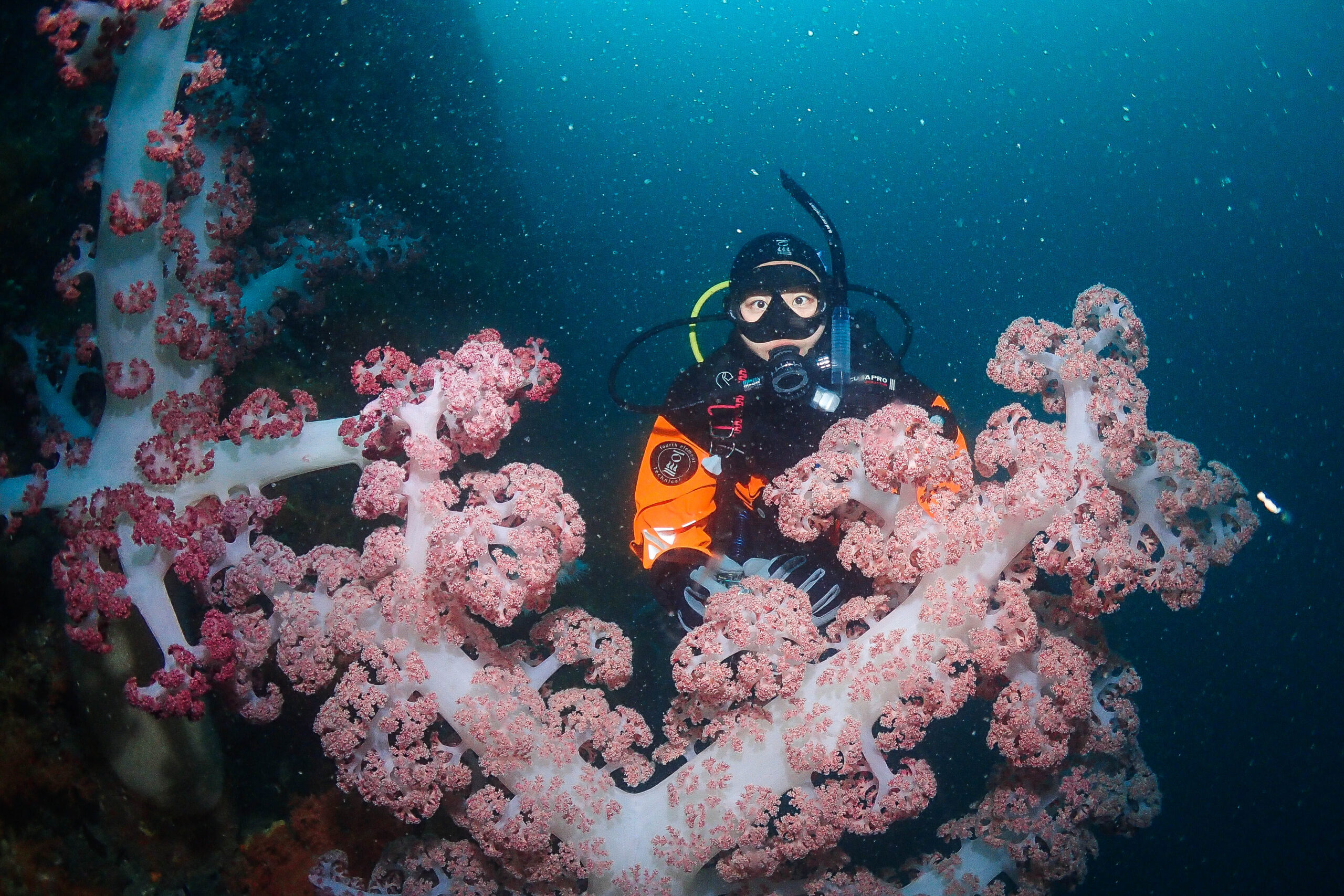Part of the Virgin Islands, Saint Thomas has many of the features a diver can only dream of. High visibility combined with rich underwater life and remarkable topography due to being a volcanic island.
Saint Thomas is one of the locations where I enjoy doing the course, welcoming us every time with sunny weather and breezy sea. There are suitable diving spots for all levels of divers.

As soon as we leave the harbor with our boat, the burning sun on our faces is replaced by a soft breeze. We are about 30 minutes away from the diving spot. But since it is not safe to prepare equipment in the wind, we complete our preparations before the boat leaves the harbor. All of the students we brought to Saint Thomas are very comfortable as they have completed their pool exercises and theoretical trainings. As we move to the diving spot, the houses on the island behind us start to shrink. Vehicle traffic is replaced by sailboat traffic. Our dive spot appeared on the horizon.

Located at the easternmost tip of the Caribbean, Saint Thomas is like a border gate to the Atlantic Ocean. Because of this feature, it has a rich and complex underwater life. There are many shallow dive spots as well as suddenly deepening walls and current dive spots that can be a challenge for experienced divers. Since the general current system is affected by the position of the islands, it is difficult to give a fixed current direction. But generally be prepared for a steady current that will not tire you out.


Current systems coming from different points play an important role in shaping the underwater structure of Saint Thomas. The intersection of warm tropical waters and rich current systems is a meeting point for many underwater creatures. In addition, the proximity to the Puerto Rico Trench, one of the deepest points of the Atlantic Ocean, and the rich nutrient resources rising from it are one of the events that support the underwater life of Saint Thomas.


It is possible to see many underwater creatures that you can see in tropical waters. Green Turtle and Hawksbill Turtle are among the hosts of the reefs. If you are looking for a reef with colorful fish around you, you will see species such as ParrotFish, Angel Fish, Blue Tangs and ButterflyFish.


As you extend down from the reefs you will find sandy ground. Take a good look around you because you are very likely to see Eagle Ray and Stingray. Reef Shark and Nurse Shark are common shark species, but if you are in the right place in the right season, it is even possible to see Whale Shark.

Don’t pass by without saying hello to the creatures watching you with curious eyes from the reefs. Octopuses and moray eels rest in their burrows after a night of hunting.


The reefs of Saint Thomas, a volcanic island with different topographical structures, are home to different types of sponges and corals. And as a natural cycle, these rich reefs attract different species. In other words, the intersection of current systems, water temperature and nutrient-rich layers has created a perfect ecosystem.


It is possible to dive in Saint Thomas all year round, but there may be slight differences between seasons. The best time is the winter season, between December and April. Water temperatures are around 25-26C and visibility is the highest. Also, if you like big sea creatures, this season is the best time for you. But since this is also the high season for tourists, diving spots and dive boats can be a bit busy.

During the summer season, between May and November, water temperatures reach 29-30C. Although the water temperatures make diving comfortable, this is also the hurricane season for the Atlantic. So weather conditions are very variable. Underwater visibility may be a bit low due to changing weather conditions. In addition, rising temperatures and increasing plankton will affect the visibility a bit.

Diving in Saint Thomas will definitely not disappoint you. Whether you want to dive calmly with turtles in the shallow reefs or explore the depths of Saint Thomas, I am sure you will not forget this vacation.
See you in the next article






